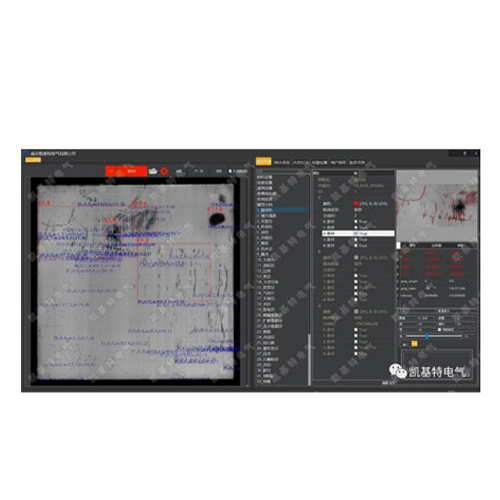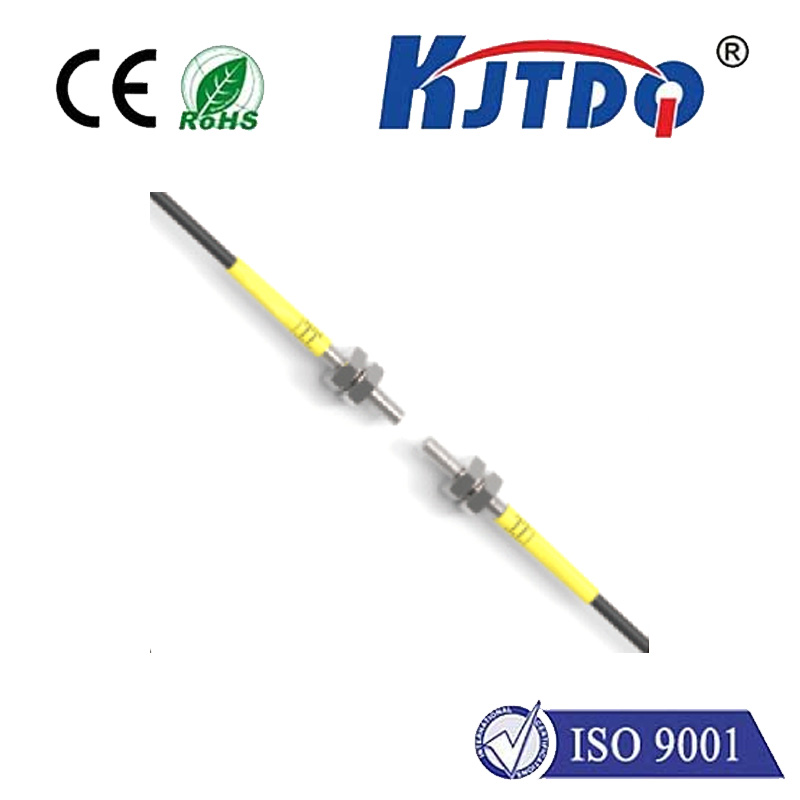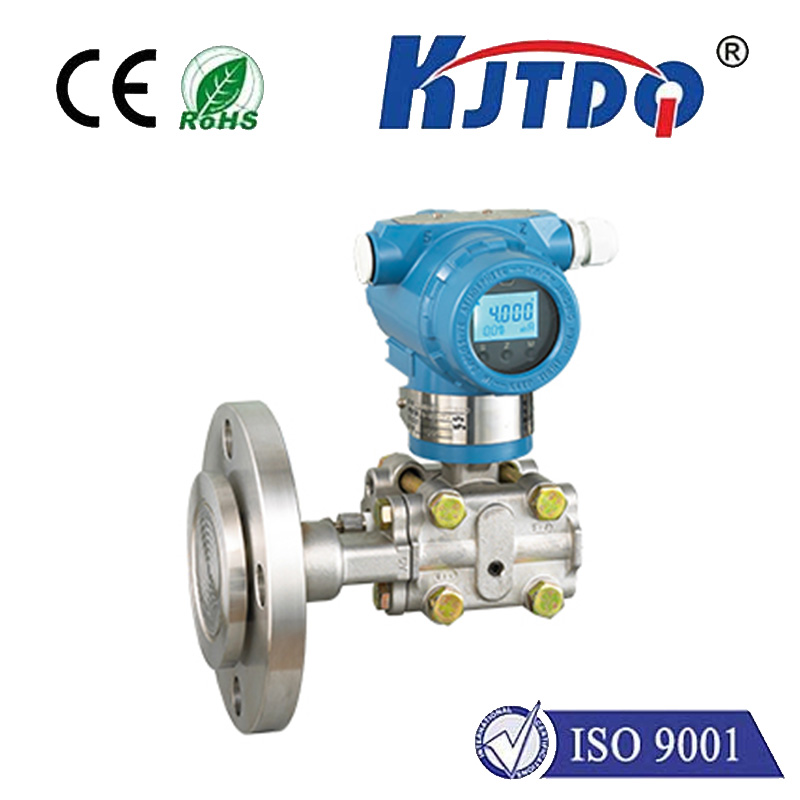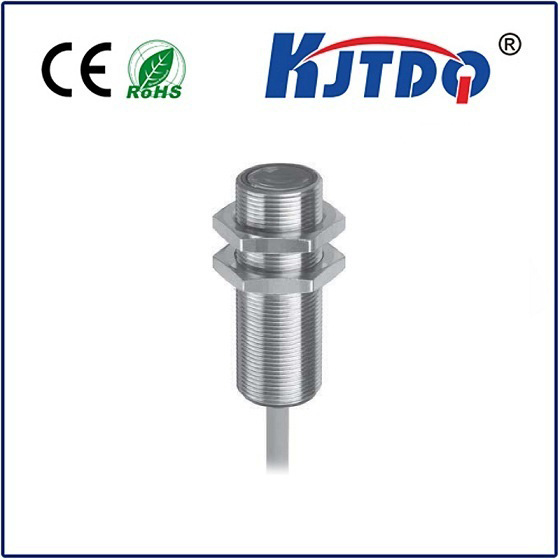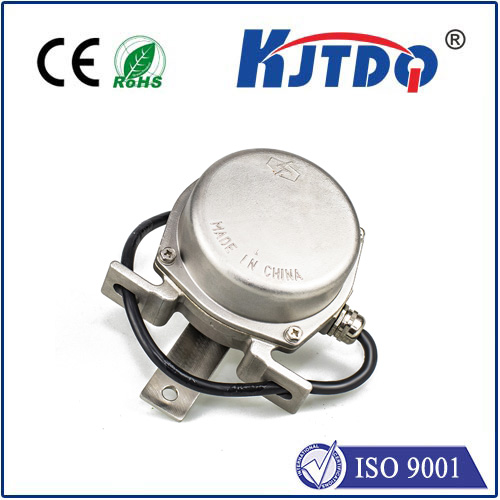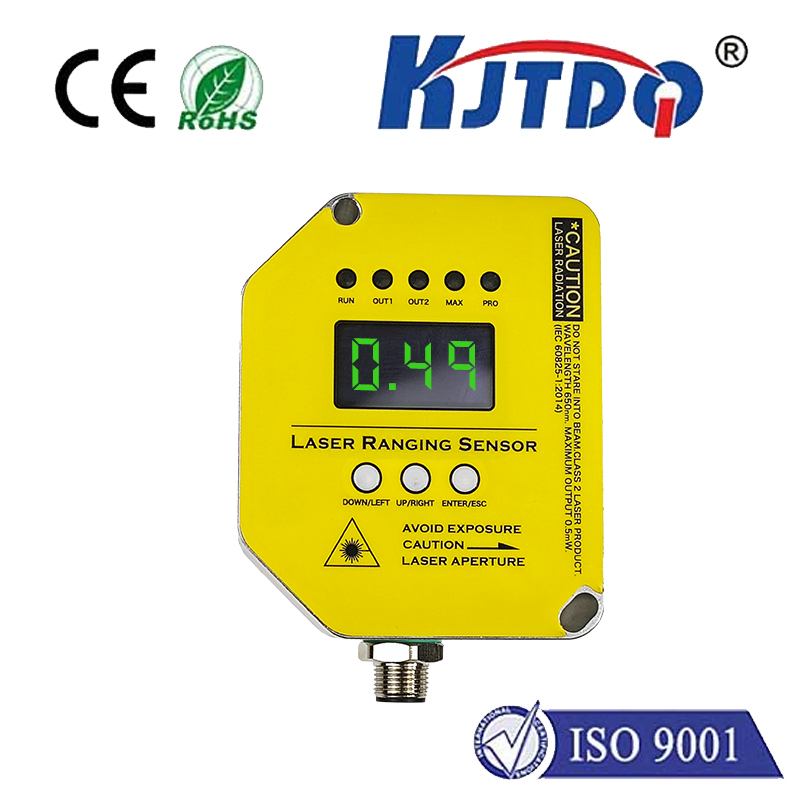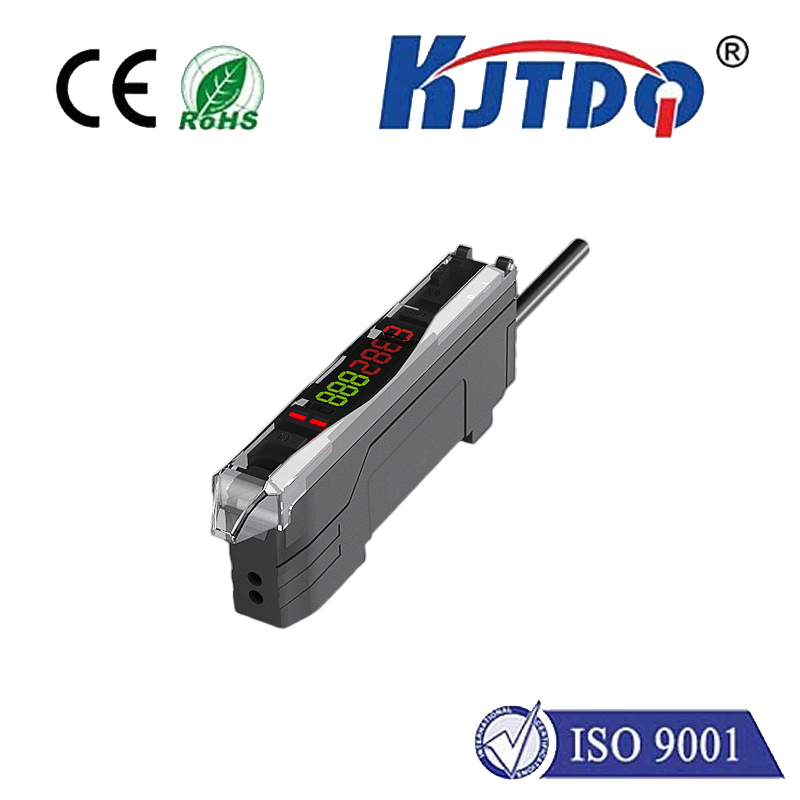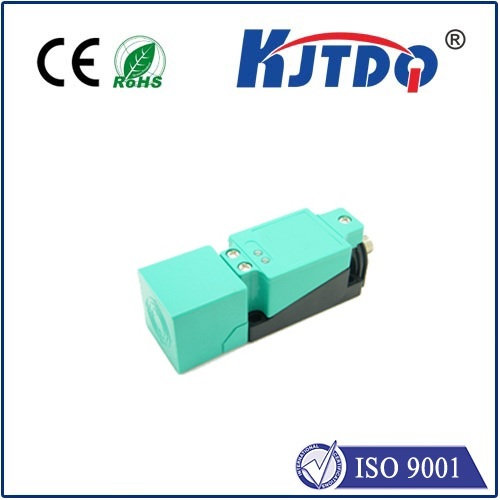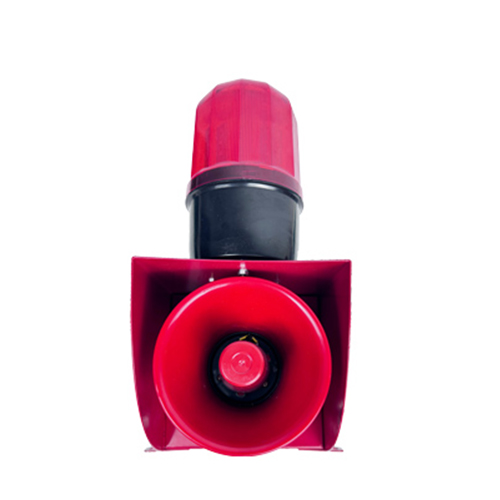

check

check

check

check

check

check

check

check

check

check
Capacitive Proximity Sensors: Enhancing Our Everyday Lives
Capacitive proximity sensors have become an integral part of our daily lives, enhancing the functionality and convenience of various devices we use. From smartphones to home appliances, these sensors are revolutionizing the way we interact with technology. In this article, we will explore the use of capacitive proximity sensors and how they are making a difference in our lives.
What are Capacitive Proximity Sensors?
Capacitive proximity sensors are electronic devices that detect the presence or absence of an object without any physical contact. They work by measuring the changes in capacitance when an object comes near them. These sensors can be found in a wide range of applications, including touchscreens, automatic door openers, and even medical equipment.
How do Capacitive Proximity Sensors Work?

At their core, capacitive proximity sensors consist of two conductive plates separated by a dielectric material. When an object approaches the sensor, it alters the electric field between the plates, causing a change in capacitance. This change is then detected by the sensor's circuitry, which triggers a response such as turning on a light or activating a touchscreen.
Uses of Capacitive Proximity Sensors
One of the most common uses of capacitive proximity sensors is in touchscreen technology. These sensors allow us to interact with our devices simply by touching the screen, providing a user-friendly interface for smartphones, tablets, and computers. They also enable features like swipe gestures and multi-touch capabilities, enhancing our experience with these devices even further.
In addition to touchscreens, capacitive proximity sensors are used in home automation systems to control lights, fans, and other appliances. They can detect motion and trigger actions accordingly, making our homes more energy-efficient and convenient.
Furthermore, capacitive proximity sensors play a crucial role in industrial applications. They are used in assembly lines to detect objects moving along conveyor belts, ensuring smooth operation and reducing downtime. They are also employed in quality control processes to detect defects in products, improving overall product quality.
Benefits of Capacitive Proximity Sensors
Capacitive proximity sensors offer several benefits over traditional mechanical switches. For example, they have no moving parts, which makes them more durable and less prone to wear and tear. They also provide faster response times, allowing for real-time feedback and control.
Moreover, capacitive proximity sensors are highly versatile and can be designed to meet specific requirements based on their application. They can be made small enough to fit into tight spaces or large enough to cover larger areas, making them suitable for a wide range of uses.
Conclusion
In conclusion, capacitive proximity sensors are transforming the way we interact with technology, making our lives easier and more convenient. From smartphones to industrial machinery, these sensors are revolutionizing the functionality and efficiency of various devices we use every day. As technology continues to advance, we can expect to see even more innovative uses for capacitive proximity sensors in the future
